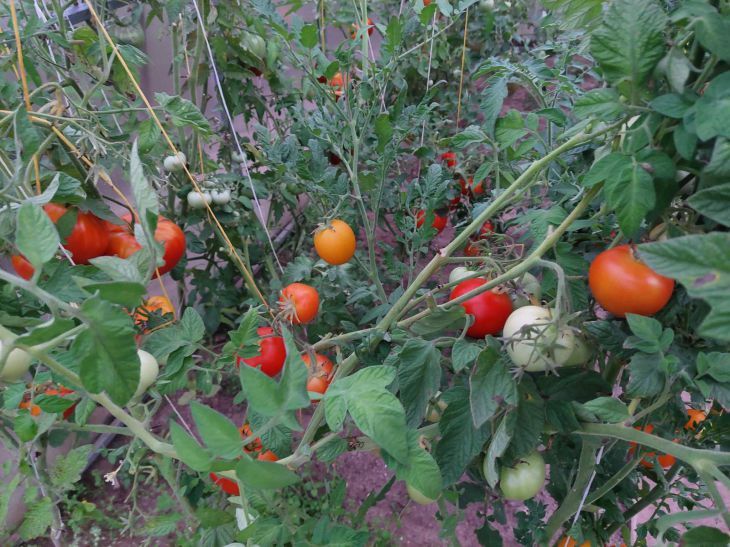Experts consider late blight to be one of the most dangerous diseases that not only harm tomatoes, but destroy them completely.
At an average air temperature (approximately 20 degrees), the infection develops to catastrophic levels in just three days. And at high humidity, even faster.
In cases where treatment is delayed or postponed, the plants die completely in one and a half to two weeks. Therefore, it is extremely important to be able to recognize the first symptoms of this terrible disease in time.
In most cases, gardeners notice something is wrong only when the fruits themselves begin to rot.
They rush to urgently save the harvest, but at this stage nothing can be done: fruit damage is the last stage of infection. The most reasonable thing to do in this situation is to dig up the bush and burn it.

When infected with late blight, plants can only be saved if the very first signs are noticed in time.
Therefore, it is extremely important to regularly inspect the plantings and take timely measures to protect them.
The fungus primarily settles on the lower leaves of tomatoes. Its presence can be determined by dark blurry spots and a whitish coating on the back of the leaves.
When hot weather sets in, infected areas dry out very quickly and crumble at the slightest touch.
The infection then begins to spread throughout the plant, affecting the stems, stalks and fruits themselves.
It is already impossible not to notice its manifestations at this stage: the entire bush is covered with brown spots, and the tomatoes begin to turn black.
There is no point in collecting them during this period; even if ideal conditions are provided, they will still not be able to survive and ripen.








